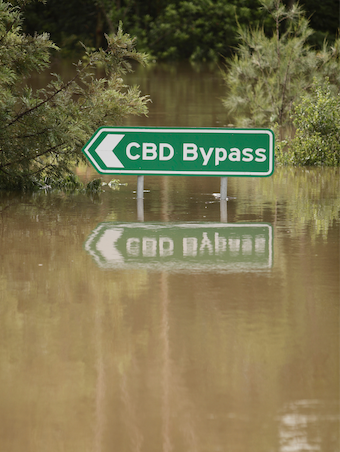 Recent floods in Queensland and New South Wales have highlighted the importance of good monitoring and warning systems.
Recent floods in Queensland and New South Wales have highlighted the importance of good monitoring and warning systems.
While no systems are perfect, the technology available today is providing greater levels of awareness of these events than ever before. Having said that, flash floods tend to be quite local and it is difficult to provide effective warning because of their rapid onset. We thought it would be timely to provide some background on what is currently done.
The Bureau of Meteorology provides flood forecasting and warning services for most major rivers in Australia through their Flood Warning Services. These services are provided with the cooperation of other government authorities, such as the State/Territory emergency services, water agencies and local councils. The Bureau delivers this service through Flood Warning Centres in Bureau Regional Offices in each State and the Northern Territory.
With the current explosion in satellite-based telemetry options, the lowering of sensor costs and the diversification of technology methods for measuring flows and levels, combined with camera technologies for visually observing remote sites, we should see the trend of capability to monitor, predict and manage such events continue to improve into the future.
One of HydroTerra’s long-term partners, Solinst, has been involved in the United States helping with programs to better predict flood events. This case study provides some interesting background and shows the importance of collecting real-time data to underpin flood management.






